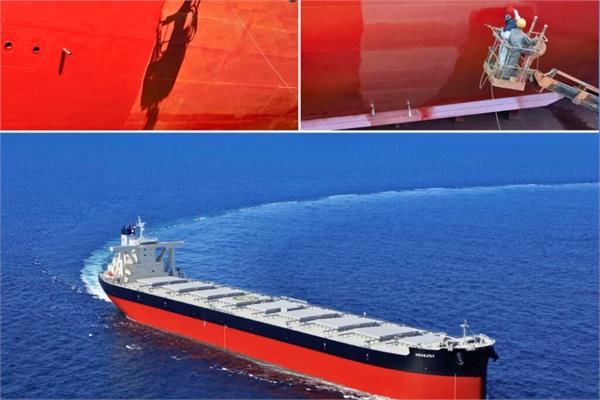
Nippon Paint Marine's FASTAR sustainable protective coatings, which offer ultra-low friction with hydrogel water trapping technology, have been applied to over 1,000 vessels.
The marine coatings supplier Nippon Paint Marine
has recently announced the successful application of its award-winning FASTAR product line to over 1,000 vessels since its launch in 2021.
Nippon Paint Marine's fourth-generation antifouling system, FASTAR, incorporates a new resin technology that improves hull performance and makes operations more sustainable and efficient by reducing fuel consumption, costs and associated emissions. In addition, FASTAR's innovative coating helps address the trend of slow sailing to meet EEXI targets by reducing energy consumption during voyages, while reducing fouling build-up for vessels operating in higher seawater temperatures and lower voyage activity levels.
“At Nippon Paint Marine, innovation represents a core brand pillar that drives our product development to ensure we can deliver great value to our customers, with our advanced product technology. The positive results that FASTAR is achieving, even at this early stage, are very encouraging and are important for both Nippon Paint Marine, and our customers. It is technology and solutions like FASTAR that will play a vital role in supporting the shipping industry’s continued efforts to achieving net zero emissions, that will benefit our oceans and the planet for decades to come,” has stated Kazuaki Masuda, Corporate Officer, Technology Division Director at Nippon Paint Marine.
Moreover, since incorporating FASTAR into its product portfolio in 2021, Nippon Paint Marine has seen adoption of the coating increase rapidly and has received positive feedback from customers who have used the product. The coating has demonstrated a reduction in fuel consumption and emissions of up to 8%, as well as a significant reduction in drydocking time due to the reduced application thickness
required.